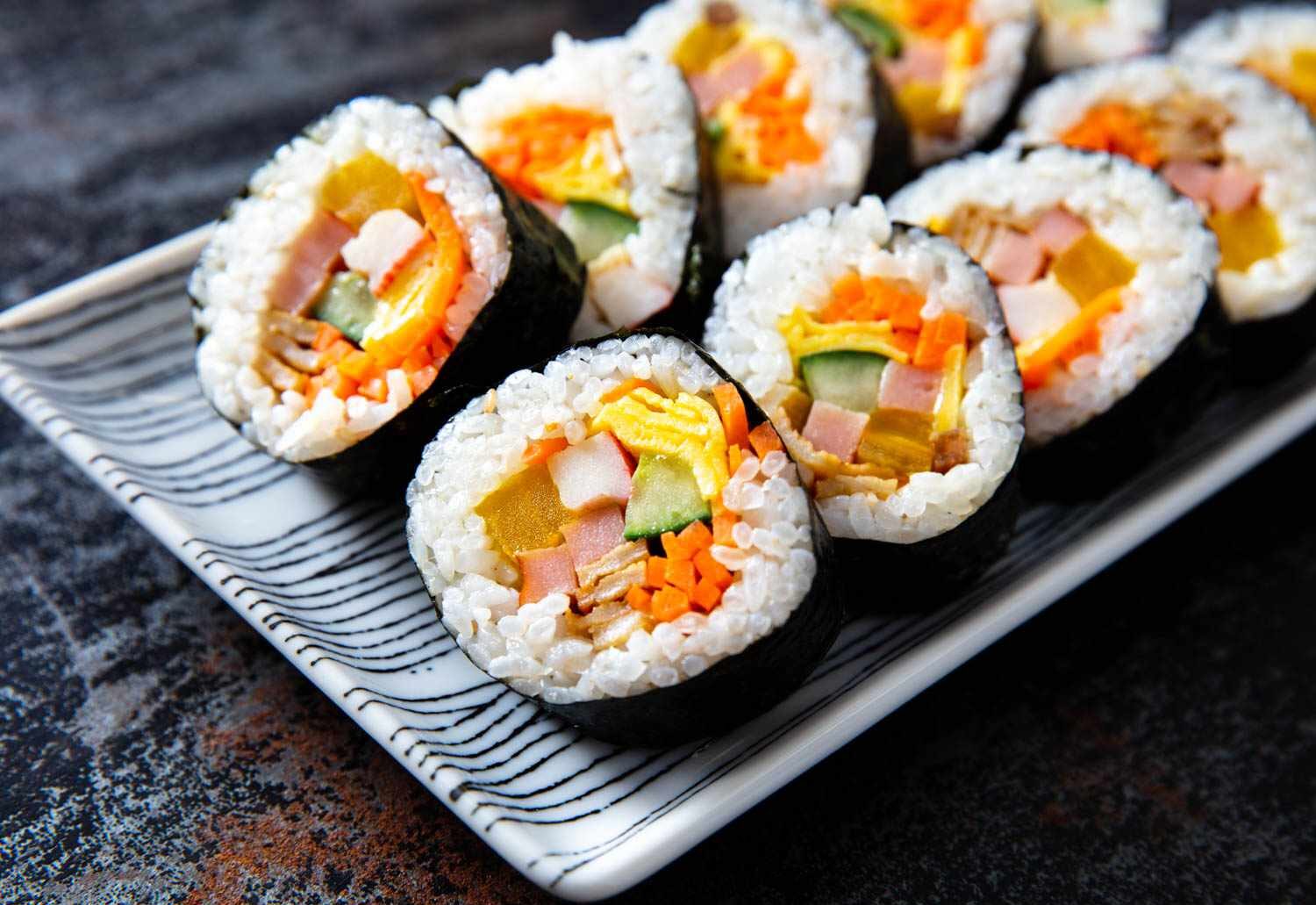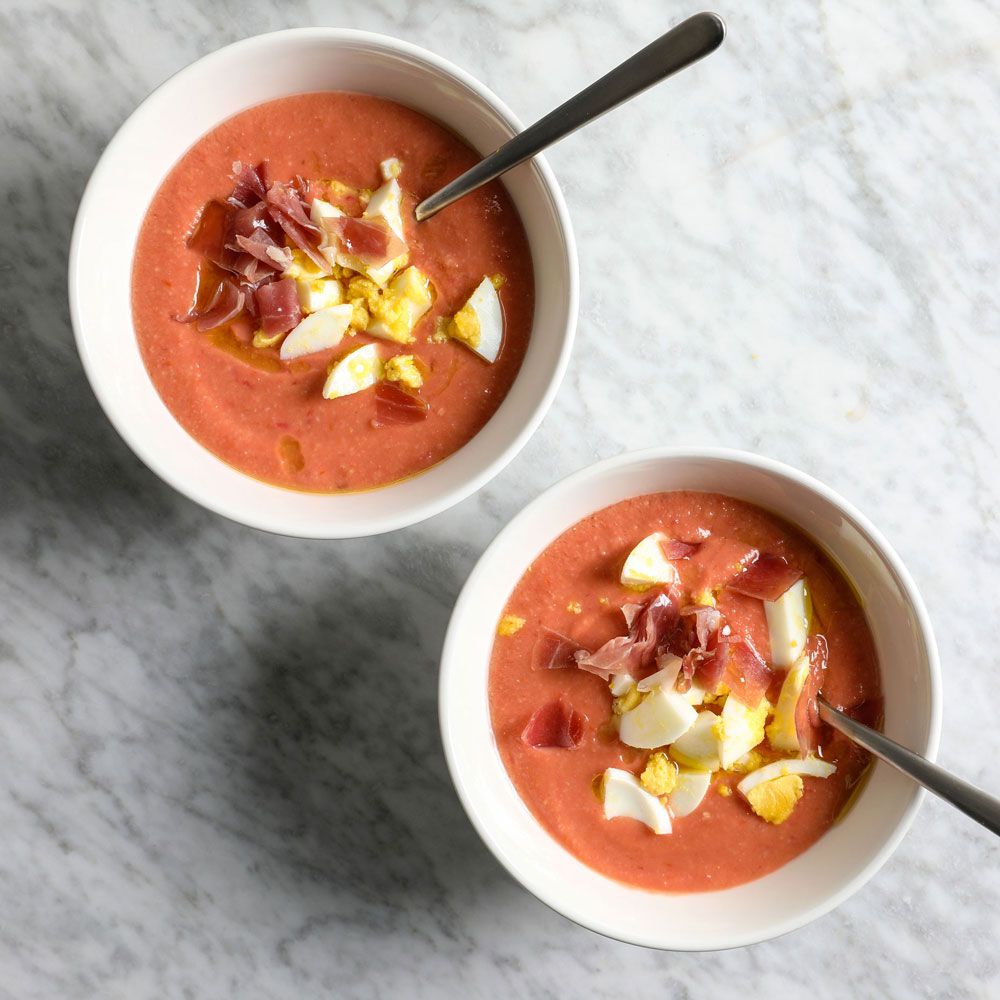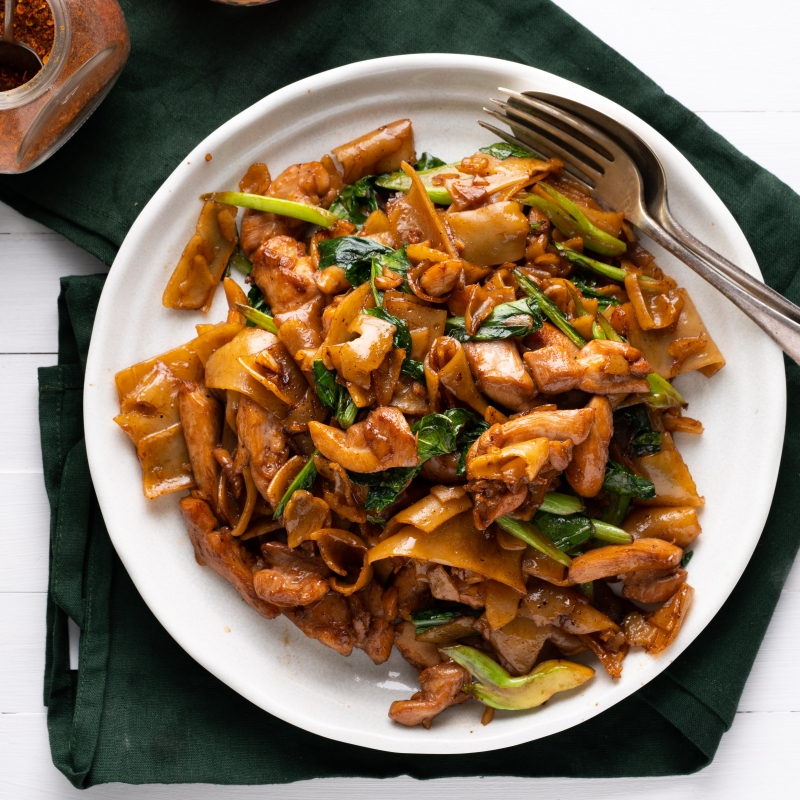Kimbap, also spelled gimbap, is a popular Korean dish that consists of seaweed-wrapped rolls filled with rice and various ingredients. Often referred to as the Korean version of sushi, kimbap offers a unique combination of flavors, textures, and vibrant colors. In this article, we will explore the origins of kimbap, its key ingredients, and provide a recipe for you to make this delightful dish at home.
The Origins of Kimbap: Kimbap originated in Korea and has become a beloved part of Korean cuisine. It is said to have been inspired by Japanese sushi, but with distinct Korean flavors and ingredients. The word “gimbap” translates to “seaweed rice” in Korean, reflecting the essential components of this dish. Originally, kimbap was a portable and convenient snack enjoyed during picnics or as a quick meal on the go. Over time, it has evolved into a staple food enjoyed by people of all ages and is readily available in Korean restaurants and street food stalls.
Key Ingredients of Kimbap: The key ingredients of kimbap include rice, seaweed (nori), various fillings, and a touch of seasoning. The rice used in kimbap is typically short-grain white rice, which is seasoned with sesame oil and a little salt. The fillings can vary depending on personal preference and regional variations, but commonly include vegetables, eggs, and a choice of protein such as cooked beef, ham, or fish cakes. Some popular vegetable fillings include spinach, pickled radish (danmuji), carrots, and cucumber.
Classic Kimbap Recipe:
Ingredients:
- 4 sheets of roasted seaweed (nori)
- 4 cups cooked short-grain white rice
- 1 tablespoon sesame oil
- 1/2 teaspoon salt
- Assorted fillings (e.g., spinach, pickled radish, carrots, cucumber, cooked beef, ham, fish cakes)
- Soy sauce, for dipping
Instructions:
- In a large bowl, combine the cooked rice, sesame oil, and salt. Mix well to evenly distribute the seasoning.
- Prepare the fillings by cutting them into long, thin strips. You can blanch the spinach, sauté the carrots, or lightly pickle the radish to enhance their flavors.
- Lay a bamboo sushi mat (makisu) on a clean surface and place a sheet of roasted seaweed (nori) on top.
- Take a handful of seasoned rice and evenly spread it over the seaweed, leaving a small border at the top.
- Arrange the fillings in a straight line across the center of the rice.
- Using the bamboo mat, roll the kimbap tightly, applying gentle pressure to ensure it holds its shape. Moisten the top border of the seaweed with a little water to seal the roll.
- Repeat the process with the remaining ingredients to make additional rolls.
- Once the rolls are complete, use a sharp knife to slice them into bite-sized pieces.
- Serve the kimbap with soy sauce for dipping and enjoy!
Variations and Tips:
- You can customize the fillings based on your preference. Consider adding ingredients like kimchi, seasoned ground beef, or even canned tuna for additional flavor.
- To prevent the kimbap from sticking to the bamboo mat, you can wrap the mat with plastic wrap or use a silicone mat.
- For added convenience, you can wrap the kimbap in plastic wrap and take it on a picnic or as a portable snack.
Conclusion: Kimbap is a versatile and delicious Korean dish that combines the flavors of seasoned rice, seaweed, and various fillings. Whether enjoyed as a light meal, a picnic snack, or a party appetizer, kimbap offers a delightful combination of textures and flavors that will surely satisfy your taste buds. With this classic kimbap recipe, you can recreate the essence of Korean cuisine in your own kitchen. So, gather your ingredients, roll up your sleeves, and embark on a culinary adventure to experience the joy of making and savoring homemade kimbap.





